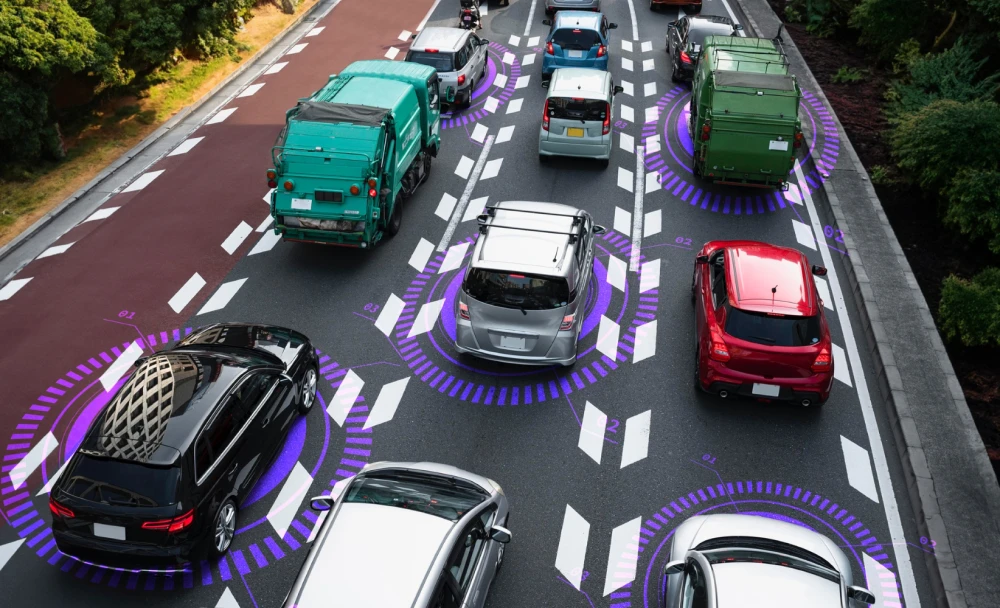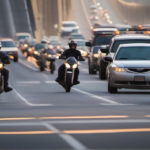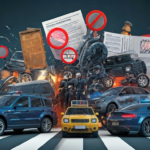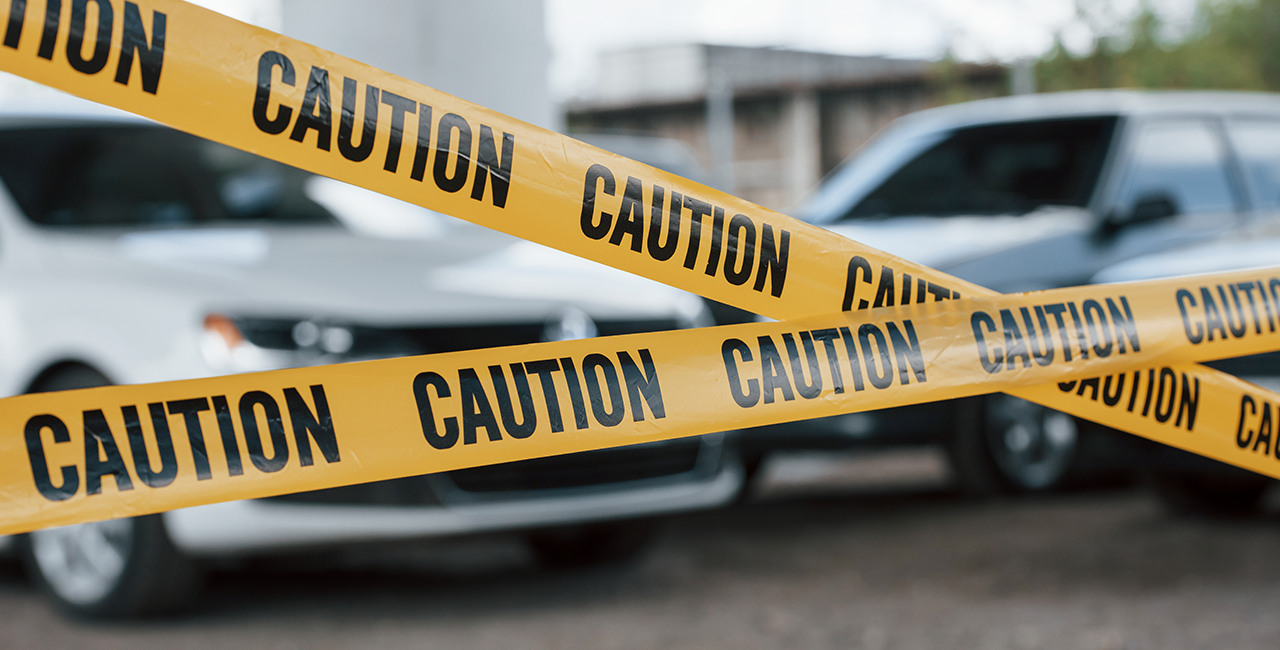Do autonomous vehicles cause fewer accidents?
The arrival of self-driving cars and autonomous vehicles (AVs) is a big change in the way we travel. It makes driving and road safety better by changing how we think about these things.
As these driverless cars slowly move from idea to life, they can cause significant shifts in the way we drive and how road safety is affected.
According to the best Houston car accident attorney, self-driving cars are run by smart computers and sensor tech along with learning machines, showing a new mix of computer work and auto building. This can make the cases regarding them a bit difficult to tackle.
With that, the AVs change how much they do things by themselves. They can be partly automated (where the driver is still mostly in charge) or fully automated (and no human help is needed).
But the question that arises here is, do autonomous vehicles cause fewer accidents?
Autonomous Vehicle Technology
Self-driving cars (AVs) are quickly changing because of big improvements in technology. At the center of this change are complex levels of freedom and joining together artificial intelligence (AI) and sensor systems. It’s very important to know how these parts function in order to understand what AVs can do and what they can’t.
The Society of Automotive Engineers (SAE) categorizes vehicle autonomy into six levels (0 to 5):
Level 0 is the one in which driving the car controls everything about it, even though there might be some warning systems in place. In level 1, some control is done by machines, like adjusting the speed on cruise control. But the driver must always be involved in driving.
At level 2, also known as partial automation, the car can handle both steering and speeding up or slowing down, but the driver must stay alert and able to take charge. At level 3 (Conditional Automation), the car can do all the driving jobs in some situations, but the driver needs to step in if needed.
When it comes to level 4, the machine can do all driving jobs and watch its surroundings in some cases without a person. But, it’s only able to work in certain places or situations, such as fixed city areas.
Finally, at level 5, the car can drive itself in all types of situations and weather conditions. No one has to interfere, and there might not even be a way to drive the car.
How AI and Sensors Help Stop Accidents Happening
Artificial Intelligence in AVs uses complex math problems that let the car decide things, learn from events, and change its behavior based on different road situations. This AI uses data from the car’s sensors to understand its surroundings and drive safely.
AVs also use a mix of different sensors to see their environment:
- Radar Sensors: These give details about how fast and far away objects near the car are.
- LIDAR Sensors: LIDAR sensors make detailed 3D maps of the car’s surroundings.
- Cameras: Cameras take pictures. They’re essential for seeing road signs, red lights, and moving things like people walking or other cars.
- Ultrasonic Sensors: Often used to help with parking, these sensors find out how close things are to the car.
- Integration for Safety: These tools work together to give a complete view of the car’s surroundings. This combination lets the car understand what’s happening around it so that it can prevent accidents. For example, if a person suddenly steps onto the road or another vehicle suddenly stops quickly.
The use of AI and sensor technology in self-driving cars can greatly lower accidents caused by mistakes made by humans. As this tech grows, it helps us get nearer to a future where roads are safer, and driving is better and open for more people.
Comparing Accident Rates: Autonomous vs. Human-Driven Vehicles
People are still talking about whether or not autonomous cars (AVs) are safe to use compared with normal, human-driven cars. The big issue in making and using AV technology is safety. To see how safe autonomous vehicles are compared to others, you can look at numbers.
Statistical Overview of Road Accidents
Human-Driven Vehicle Accidents: Stats show that most road accidents are caused by people making mistakes. Things that count are getting distracted while driving, going too fast, not being sober behind the wheel and not following traffic rules.
Accident Rates and Severity: When looking at accident rates, it’s key to think about not just how often accidents happen but also their seriousness. Car accidents caused by people often lead to bad injuries or death.
Autonomous Vehicle Safety Records
Accident Frequency: The first information about AVs shows that they might have more small accidents. This is partly because they drive carefully and follow traffic rules, unlike some human drivers who sometimes drive aggressively or unpredictably.
Types of Accidents: A lot of AV accidents are not bad and usually happen at slow speeds. Usually, situations involve getting hit from behind by people driving, often at crossroads or in bumper-to-bumper traffic.
Severity of Accidents: AV accidents tend to be less bad than those with regular cars. This is because of both the kind of accidents and the safety features that are part of AV technology.
Contextual Factors: When looking at car crashes, we need to think about where they happen. Many AVs are checked in city and suburban areas under different situations, and how well they do can change a lot because of these details.
In case of any accident, the lawyers at Mokaram Law Firm can help you maneuver through the complexities of such cases by using their skills to the best.

Safety Standards for Autonomous Cars
As self-driving cars (AVs) become more common, it’s really important to make strong rules and safety standards so we can be sure these cars are safe when they get on public roads.
This means making and using rules by the government for AVs. They make sure these cars follow traffic laws and safety rules already there. Let me explain the present situation in this field.
Safety Rules for Self-Driving Cars by Government
Countries all over the world, including federal and state leaders in America, are busy making rules for self-driving cars. These rules include things like checking cars, getting them approved, starting to use them, and making sure they are safe when being used.
Safety Assessments: AV techs have safety checked by rules groups. This might involve checking AI decision-making programs, how reliable sensors are, and if the system is safe.
Data Recording: Often, rules need AVs to keep and share information about how they drive and any accidents. This can be very important for knowing why these events happen and making sure things are safe.
Cybersecurity Standards: Since AVs use software, rules about computer safety are needed to stop hacking and unfree access of data.
Contact Mokaram Law Firm Now!
In any legal case, especially those about new and deep tech like self-driving cars, It’s very important to find companies or lawyers who know all about it and can help you with your case. Mokaram Law Fim can help you with that in the best way possible. Dial (281) 609-9224 now to get your consultation booked today.
Recent Posts
-
 30 Jan 2025Washington, D.C. Plane Crash: Investigation Underway Following Collision with Black Hawk Helicopter
30 Jan 2025Washington, D.C. Plane Crash: Investigation Underway Following Collision with Black Hawk Helicopter -
 22 Jan 2025How Do People Who Text and Drive Get Punished in Different States?
22 Jan 2025How Do People Who Text and Drive Get Punished in Different States? -
 22 Jan 2025Do Pedestrians Have the Right of Way?
22 Jan 2025Do Pedestrians Have the Right of Way? -
 20 Jan 2025Are Radar Detectors Legal? Everything You Need to Know About Radar Detector Laws
20 Jan 2025Are Radar Detectors Legal? Everything You Need to Know About Radar Detector Laws -
 20 Jan 2025What Age Can You Get Your Driver's License in Texas?
20 Jan 2025What Age Can You Get Your Driver's License in Texas? -
 07 Jan 2025Legal Help for Families Affected by Jeju Air Flight 2216
07 Jan 2025Legal Help for Families Affected by Jeju Air Flight 2216 -
 17 Dec 2024Is Lane Splitting Legal in Texas?
17 Dec 2024Is Lane Splitting Legal in Texas? -
 17 Dec 2024Can Police Write Tickets in a Car Accident? | Legal Insights
17 Dec 2024Can Police Write Tickets in a Car Accident? | Legal Insights -
 01 Dec 2024What is the Minimum Age to Get a Tattoo in the USA?
01 Dec 2024What is the Minimum Age to Get a Tattoo in the USA? -
 29 Nov 2024Is It Really Illegal to Drive Barefoot? Debunking Common Myths
29 Nov 2024Is It Really Illegal to Drive Barefoot? Debunking Common Myths -
 29 Nov 2024Is It Illegal to Get Someone Drunk?
29 Nov 2024Is It Illegal to Get Someone Drunk? -
 29 Nov 2024Is it Illegal to Drive With Headphones? Understanding the Risks and Laws
29 Nov 2024Is it Illegal to Drive With Headphones? Understanding the Risks and Laws




